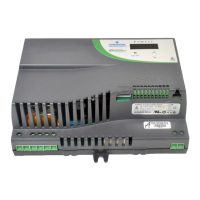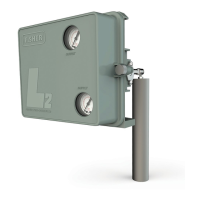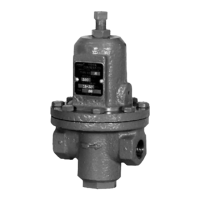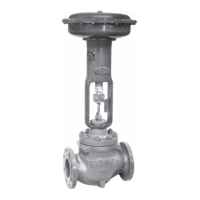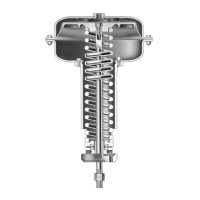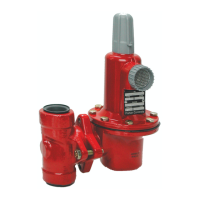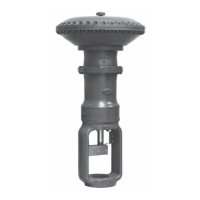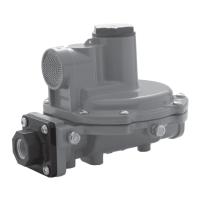12
Chapter 3 – Overview of the Electronic bypass
All start/stop, safety, and Fire Alarm inputs are routed to the Electronic
bypass control board via customer terminal connections. The VFD analog
output is directly connected to the VFD control terminals.
The Electronic bypass control card is factory set to accept a sinking type
(dry contact closure) type input.
The analog input is factory set to accept a 4–20 mA speed reference signal.
All control wiring must be run in a separate conduit from ANY high voltage
or power wiring. The wiring should also be properly grounded and shielded
when necessary to insure proper operation.
3.1 Control Board
The following sections describe the Electronic bypass control board DIP
switch and jumper settings required to properly configure the Electronic
bypass. All jumpers and switches are located on the door mounted control
board.
1. Option Enable/Disable (SW1)
2. Digital Inputs (J13)
3. Digital Outputs (J14)
4. Relay Outputs (J12)
3.2 Electronic Bypass Keypad Function Summary
The Electronic bypass keypad has (6) buttons labeled TEST, VFD,
BYPASS, HAND, AUTO, and OFF/RESET. Each button has an associated
LED that indicates the state of that button’s function. In addition, the keypad
contains four alarm LEDs which indicate Motor Overload, external Safety,
Fire Alarm, and VFD Fault. The left hand side of the keypad represents the
bypass schematically, using 5 LEDS to indicate Power ON, Input Contactor
(closed), Bypass Contactor (closed), Output Contactor (closed), and VFD
enabled. Finally, a RUN LED located between the HAND and AUTO
buttons gives an indication that the motor is running.
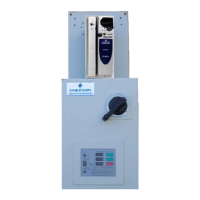
